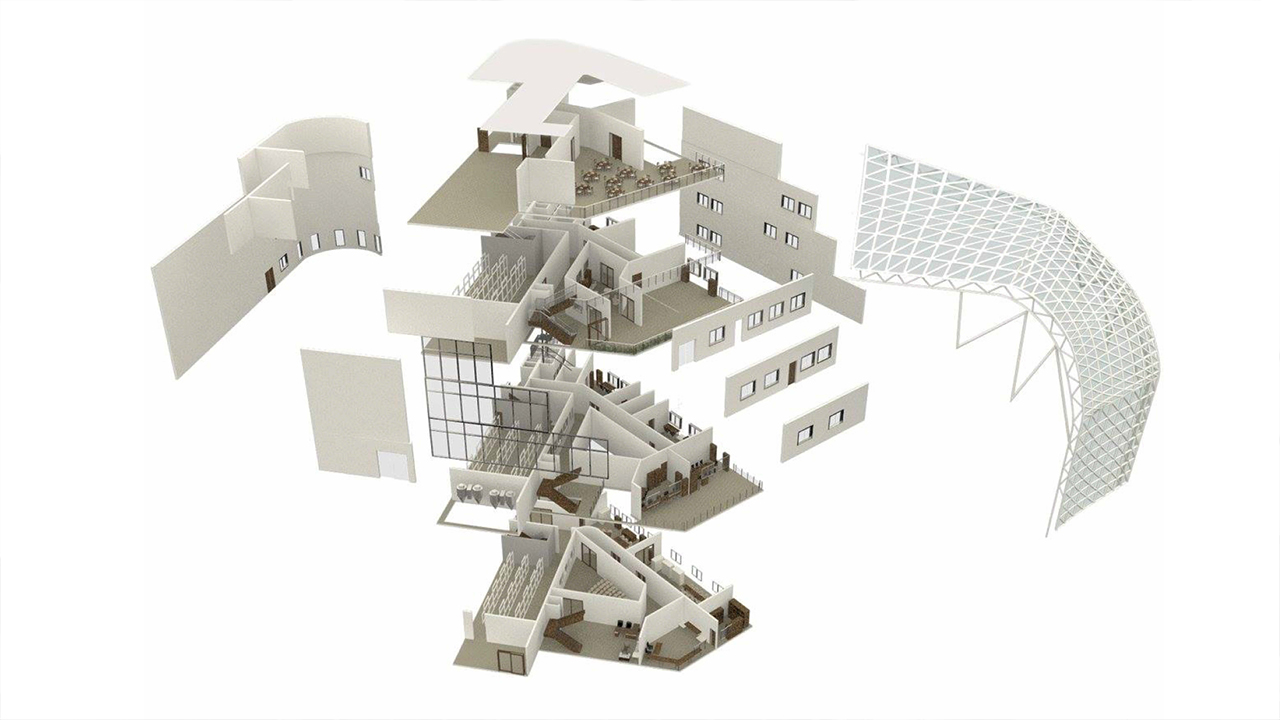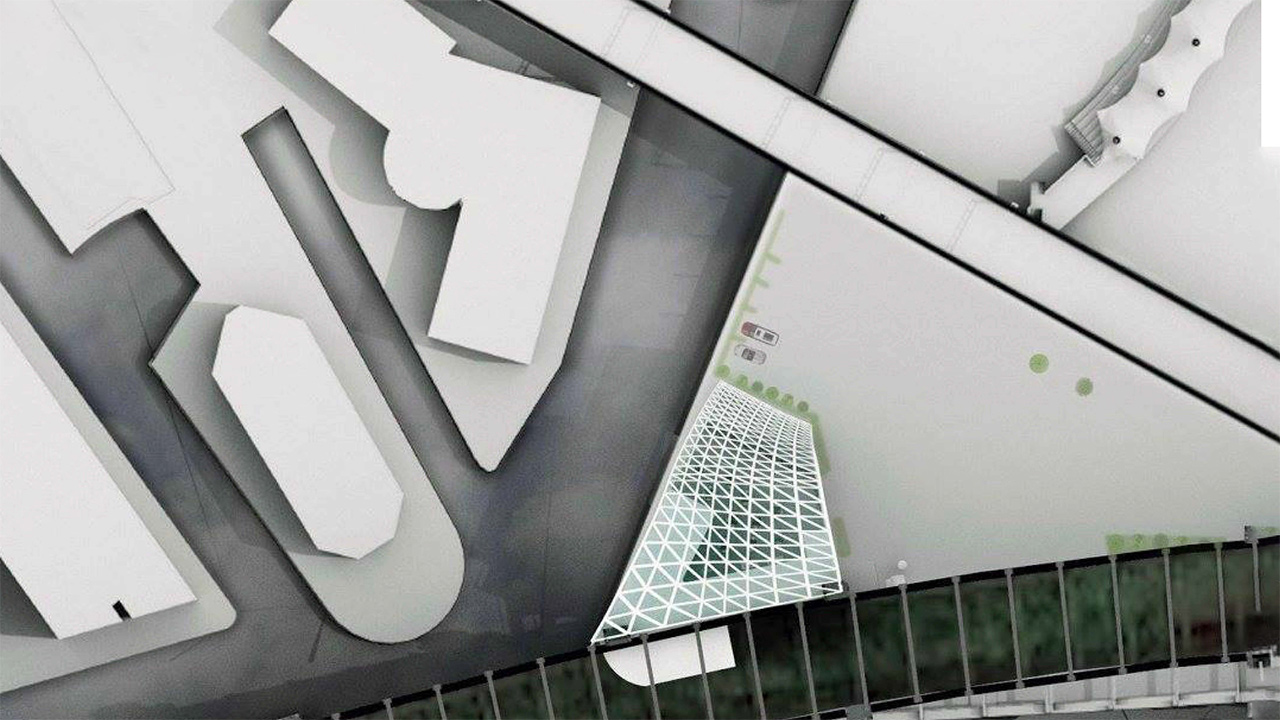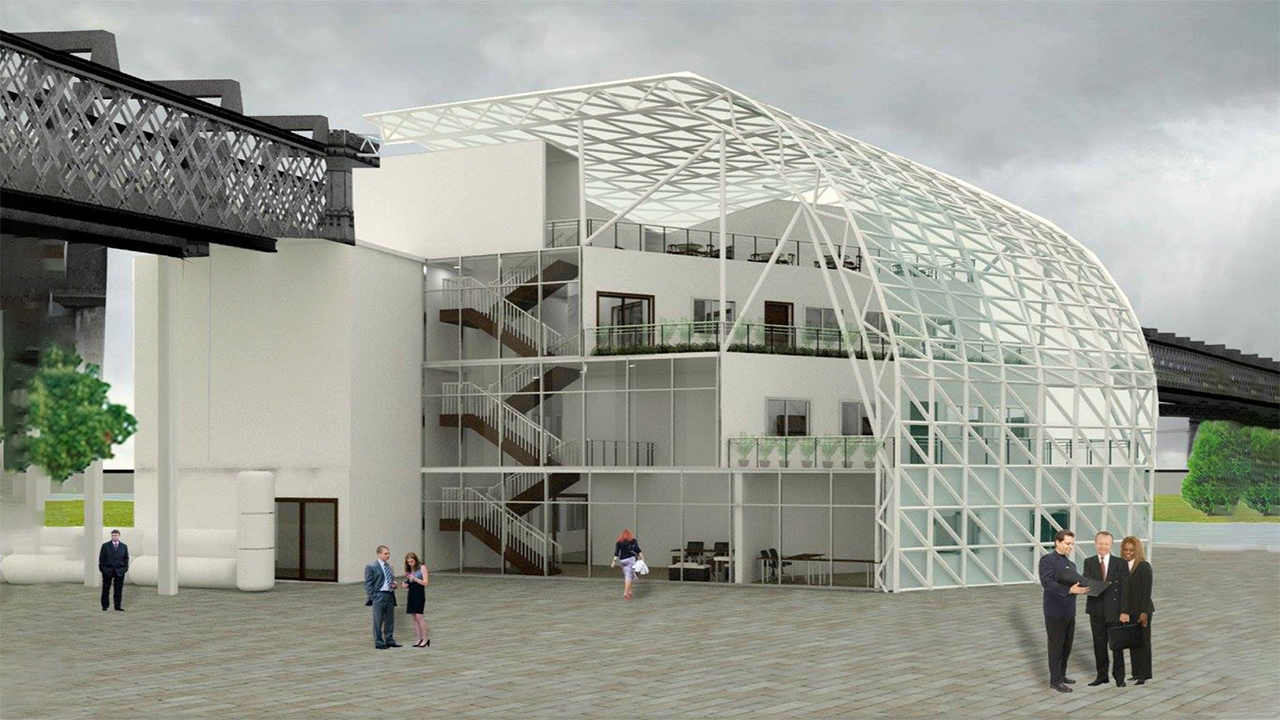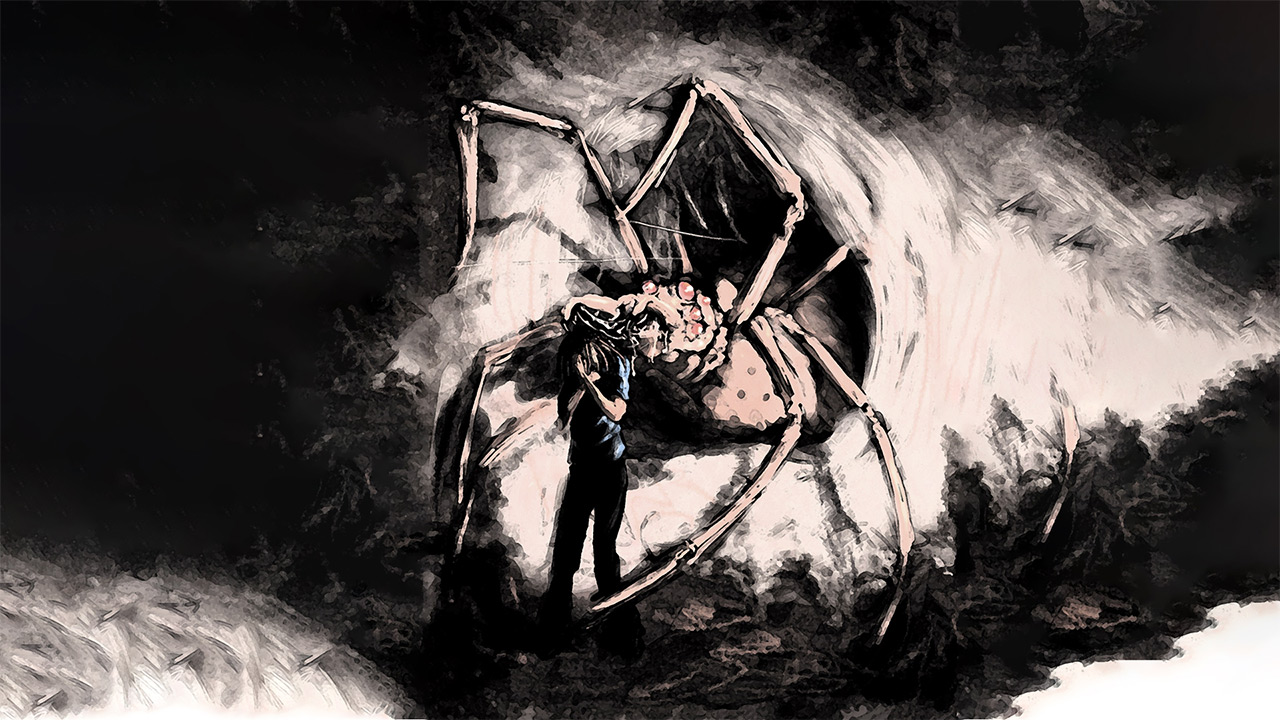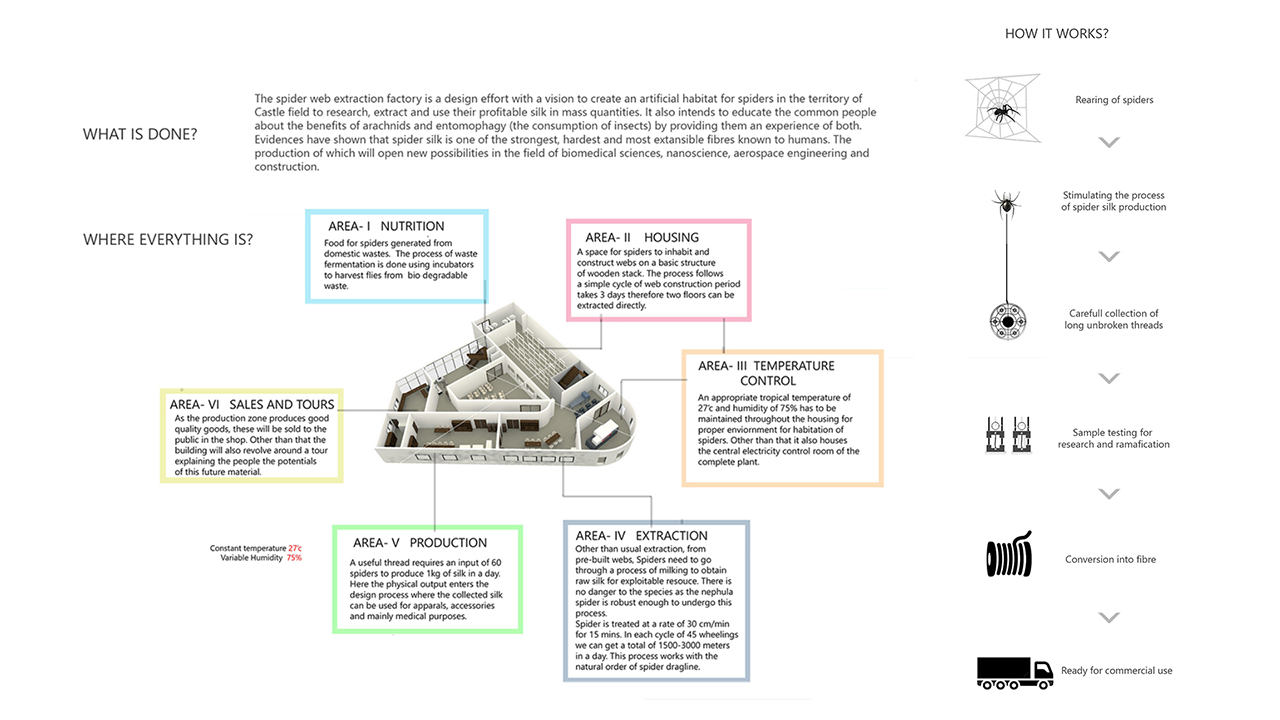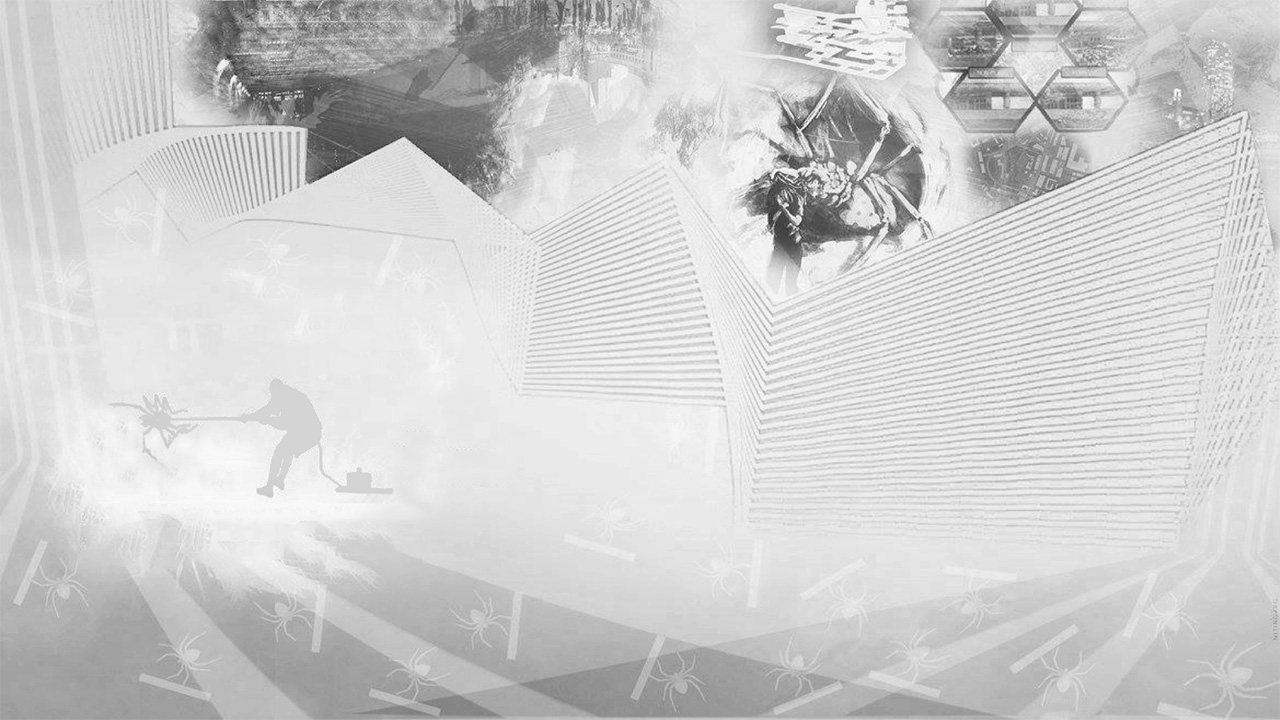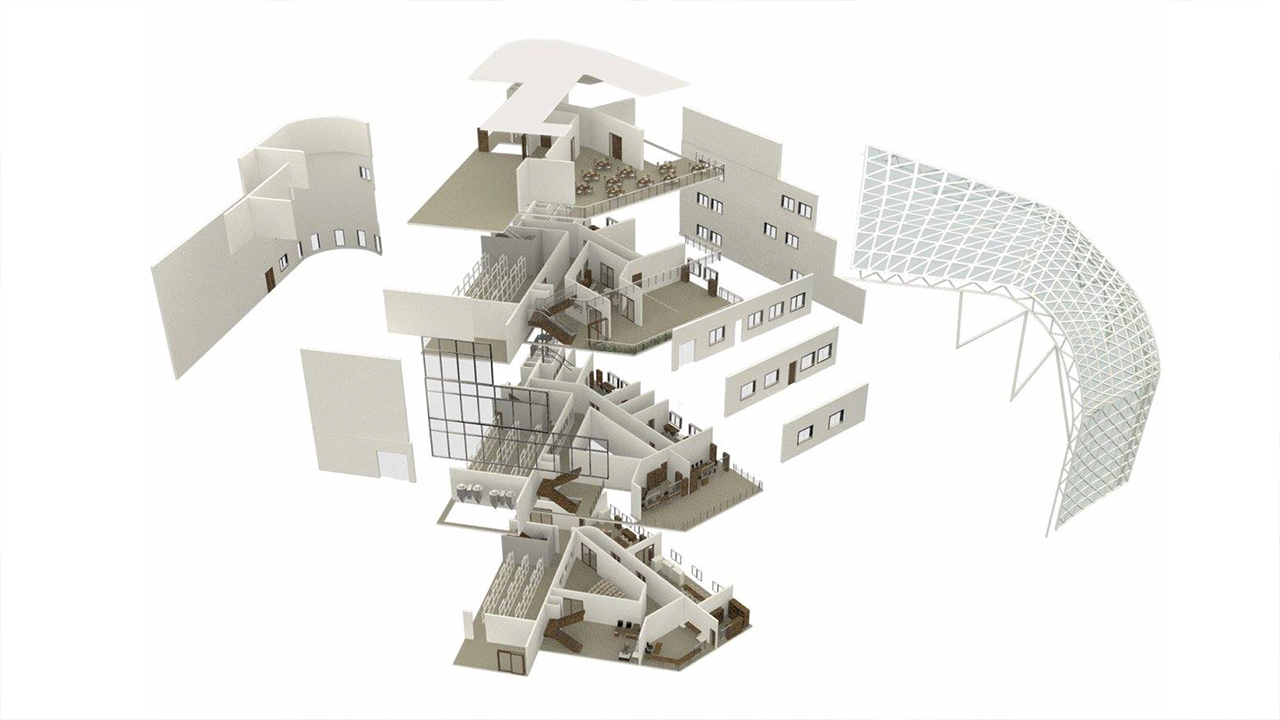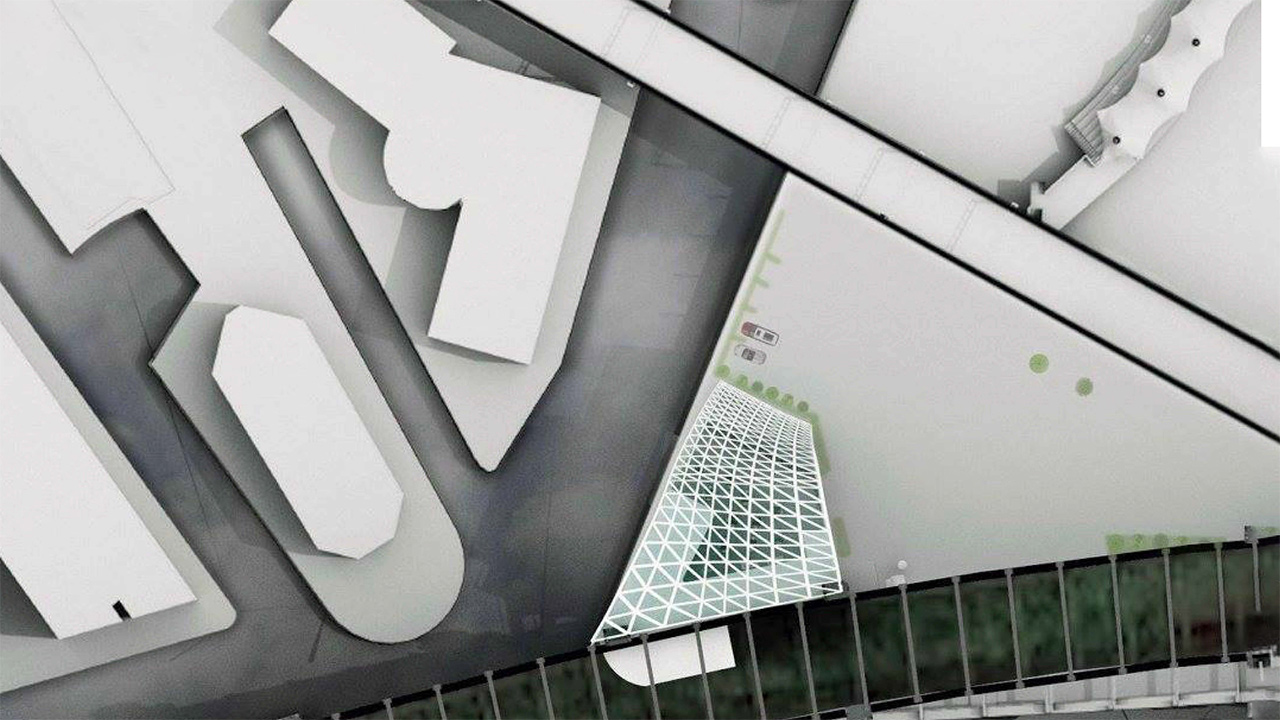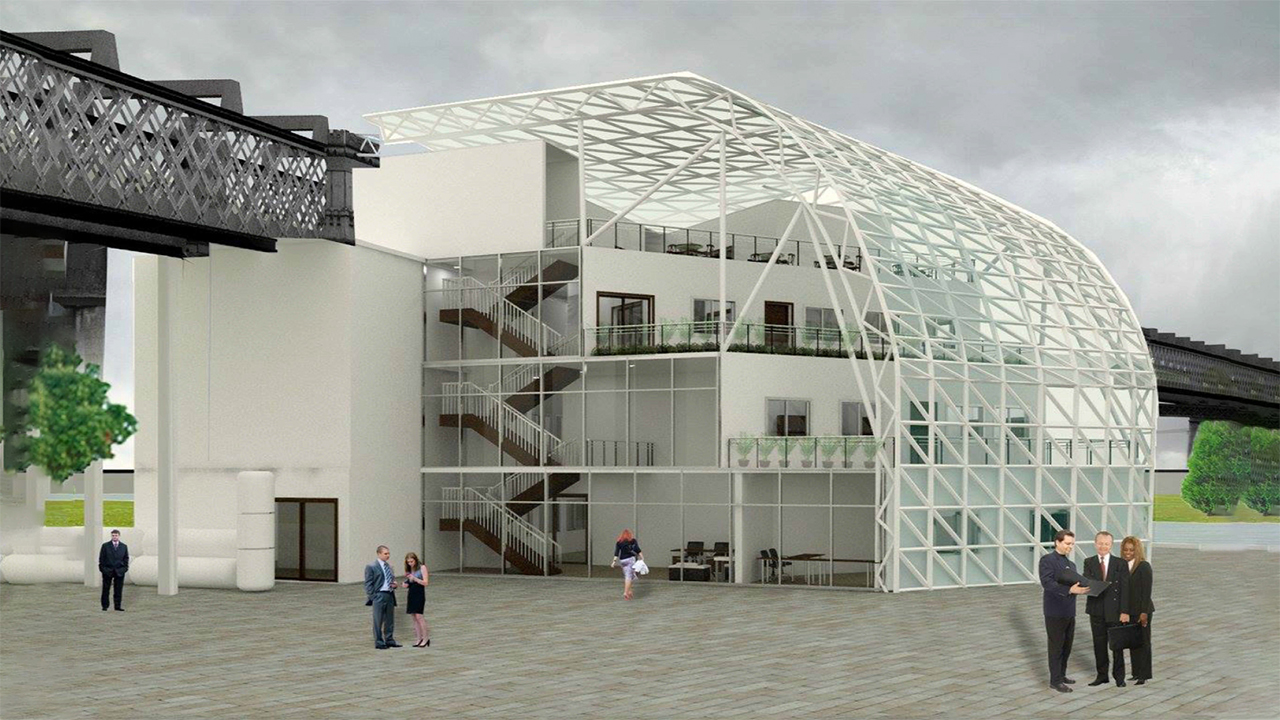Concept
The 'Spider web extraction factory' attempts to develop and explore the Infinite opportunities that spider as an organism provides us. It is the potential innovation that our century could experience with adequate use of technology and precise and careful architectural understanding. Evidences have shown that spider silk is one of the strongest, hardest and most extensible fibres known to humans. The production of which will open new possibilities in the field of biomedical sciences, nanoscience, aerospace engineering and construction. A space designed especially for these tiny beasts to live and be observed, explored and researched upon. The project also intends to educate the common people about the benefits of arachnids and entomophagy (the consumption of insects) by providing them with an experience of both.
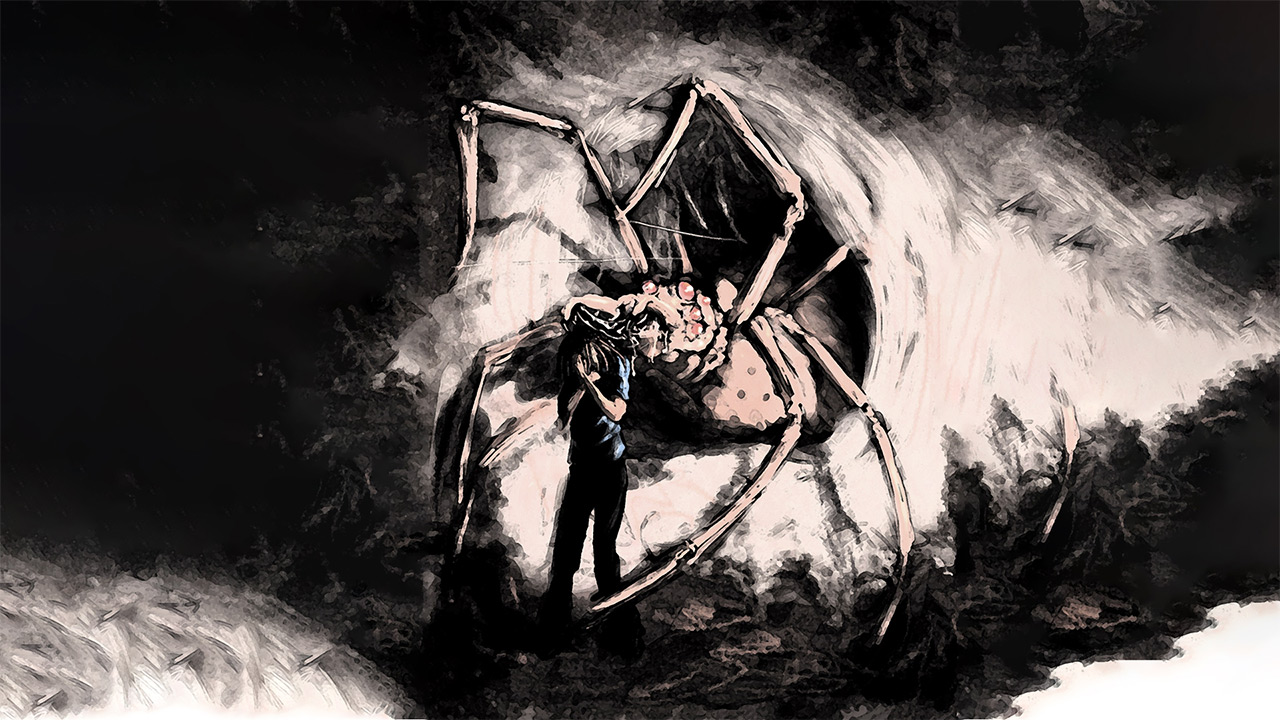
Artwork capturing the thoughts of Arachnophobia
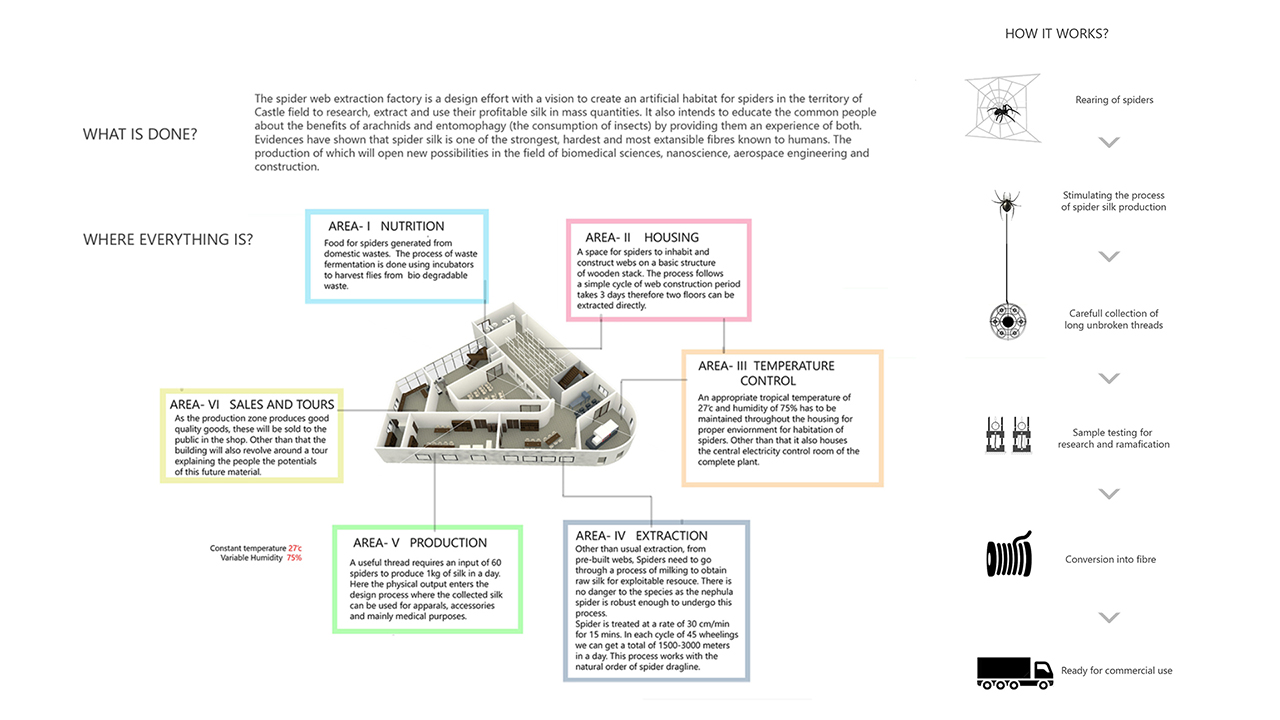
Subdivision of spaces
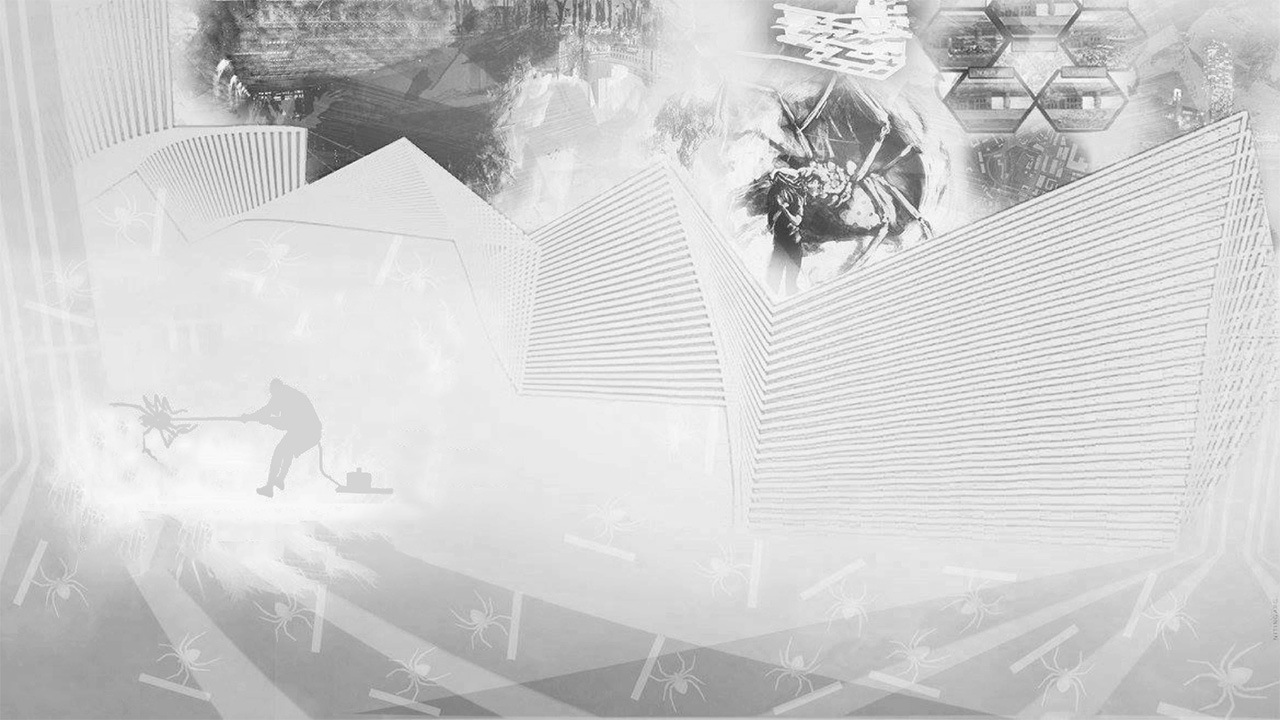
Collage of thoughts
